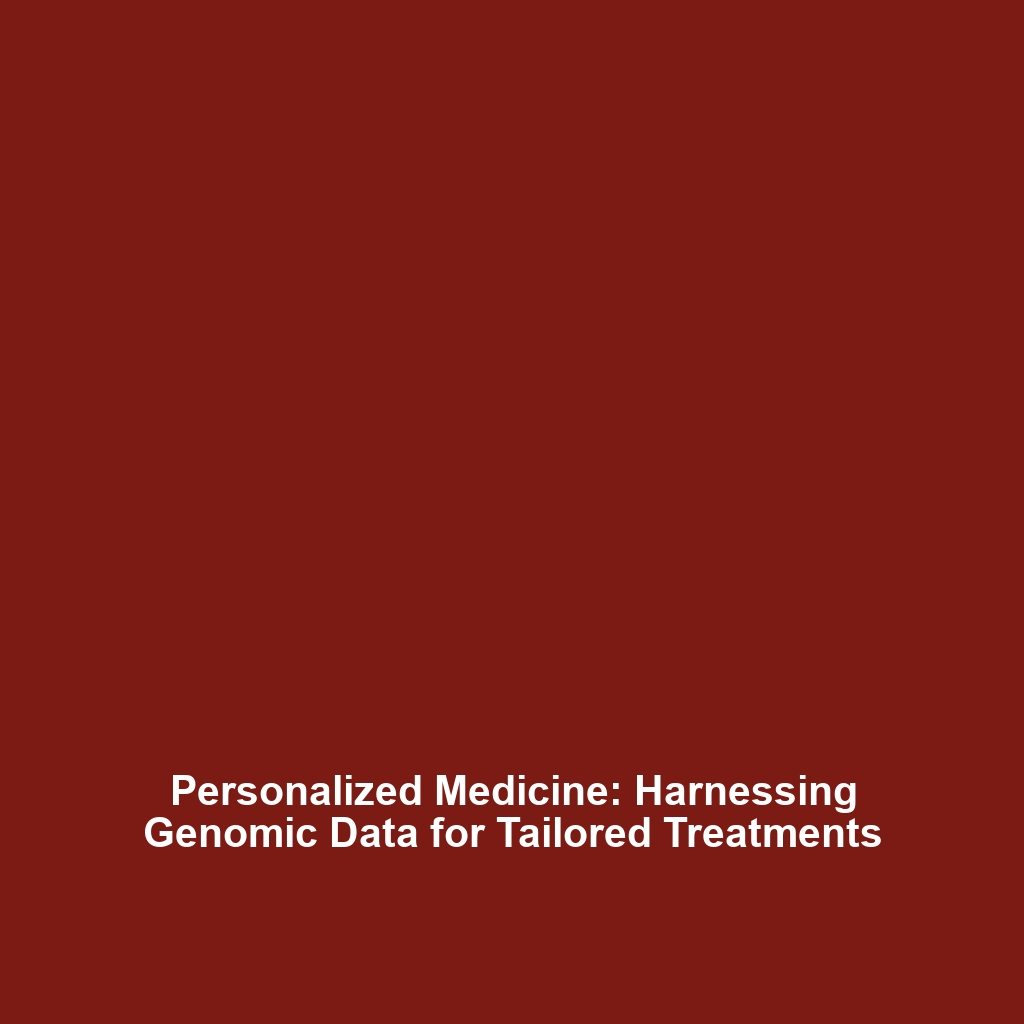International Collaboration and the Human Genome Project
Introduction
International collaboration has emerged as a cornerstone of scientific advancement, particularly within the context of the Human Genome Project (HGP). This unprecedented initiative, aimed at mapping and understanding all the genes of the human species, exemplifies how global partnerships can enhance research capabilities, accelerate discovery, and drive innovation. The HGP, initiated in 1990, required an extensive network of scientists, institutions, and countries working hand in hand, showcasing the power of collective effort in overcoming complex scientific challenges. By fostering a spirit of collaboration, the project has paved the way for significant advancements in genomics and personalized medicine.
Key Concepts
Defining International Collaboration
International collaboration refers to cooperative efforts among different nations and institutions to achieve shared goals. Within the Human Genome Project, this collaboration involved:
- Joint Data Sharing: Open access to genomic data among researchers around the world.
- Cross-Border Funding: Financial resources pooled from various governments and organizations.
- Multinational Research Teams: Diverse experts working together to analyze genetic information.
The Role of Coordination and Governance
Effective coordination and governance are vital in facilitating international collaboration. The HGP established frameworks for:
- Resource Management: Efficient allocation of research assets.
- Ethical Standards: Ensuring responsible use of genetic data.
- Standardization: Developing uniform protocols for data collection and analysis.
Applications and Real-World Uses
The applications of international collaboration in the Human Genome Project extend beyond the laboratory and into practical, real-world scenarios. This includes:
- Genomic Medicine: How international collaboration contributes to the development of targeted therapies based on genetic understanding.
- Disease Prevention: The application of collaborative research in identifying genetic markers linked to diseases.
- Public Health Initiatives: Collaborative efforts aimed at addressing global health challenges through genomic data.
Current Challenges
Despite its successes, studying and applying international collaboration in the context of the Human Genome Project faces several challenges:
- Data Privacy: Concerns over the confidentiality of genomic information.
- Resource Disparities: Unequal access to technologies and funding among participating countries.
- Regulatory Issues: Navigating different legal frameworks governing genetic research.
Future Research and Innovations
The future of international collaboration in genomics holds immense potential for breakthroughs. Upcoming innovations may include:
- Next-Generation Sequencing Technologies: Improvements in genomic sequencing capabilities that enhance collaborative research.
- AI and Big Data: Integration of artificial intelligence to analyze vast genomic datasets collaboratively.
- Global Biobanks: Establishment of international biobanks that promote data sharing and collaborative research.
Conclusion
In summary, international collaboration serves as a vital element in the success of the Human Genome Project, driving innovation and improving health outcomes. As the field of genomics continues to evolve, fostering global partnerships will be essential for overcoming current challenges and unlocking the full potential of genetic research. For more information on the advancements in genomics and ongoing research efforts, please visit our related articles page.









